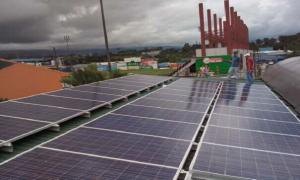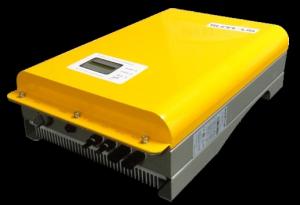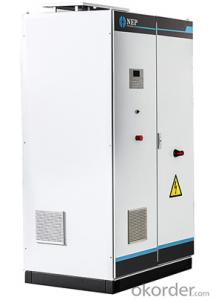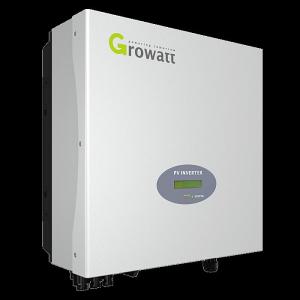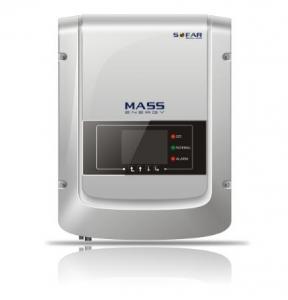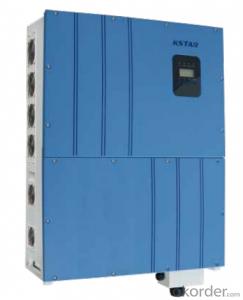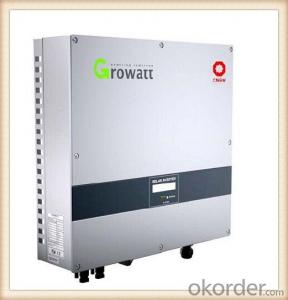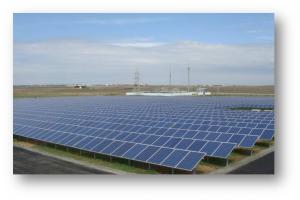Grid Tie Inverter Solar
Grid Tie Inverter Solar Related Searches
Grid Tie Solar Inverter Solar Grid Tie Inverter Grid Tie Hybrid Solar Inverter Grid-Tie Solar Inverter Solar System Grid Tie Inverter Hybrid Grid Tie Solar Inverter Grid Tie Inverter Solar Kit Grid Tie Inverter Solar Panel Solar Hybrid Grid Tie Inverter Sun Grid Tie Inverter Solar Inverter Grid Tie Solar Grid Tie Inverter Kit Solar Grid Tie Micro Inverter Best Grid Tie Solar Inverter Grid-Tied Solar Inverter Grid Tie Solar Inverter Price Best Solar Grid Tie Inverter 1kw Solar Grid Tie Inverter 10kw Solar Grid Tie Inverter 3kw Solar Grid Tie Inverter Solar Grid Tied Inverter 5kw Solar Grid Tie Inverter Solar Grid Tie Inverter Price Nep Solar Grid Tie Inverter Grid Connected Solar Inverter 1000w Solar Grid Tie Inverter Solar Grid Inverter Grid Tie Inverter Schematic Mpp Solar Grid Tie Inverter Nep Solar Grid-Tie InverterGrid Tie Inverter Solar Supplier & Manufacturer from China
Grid Tie Inverter Solar products are essential components in solar energy systems, converting the direct current (DC) generated by solar panels into alternating current (AC) that can be fed into the electrical grid. These inverters play a crucial role in harnessing the power of the sun and integrating it into our daily lives, making them an important part of the renewable energy industry.The application and usage scenarios of Grid Tie Inverter Solar products are vast, ranging from residential rooftop installations to large-scale commercial and industrial projects. They are used in off-grid systems to power remote areas without access to traditional electricity, as well as in grid-tied systems where excess energy can be sold back to the utility company. Grid Tie Inverter Solar products are also utilized in hybrid systems that combine solar power with battery storage, ensuring a reliable power supply even during periods of low sunlight or at night.
Okorder.com is a leading wholesale supplier of Grid Tie Inverter Solar products, offering a wide range of options to cater to the diverse needs of customers worldwide. With a large inventory that includes various models and capacities, Okorder.com ensures that customers can find the perfect inverter to match their specific solar energy requirements. By providing high-quality products at competitive prices, Okorder.com has established itself as a trusted source for Grid Tie Inverter Solar solutions in the global market.
Hot Products













